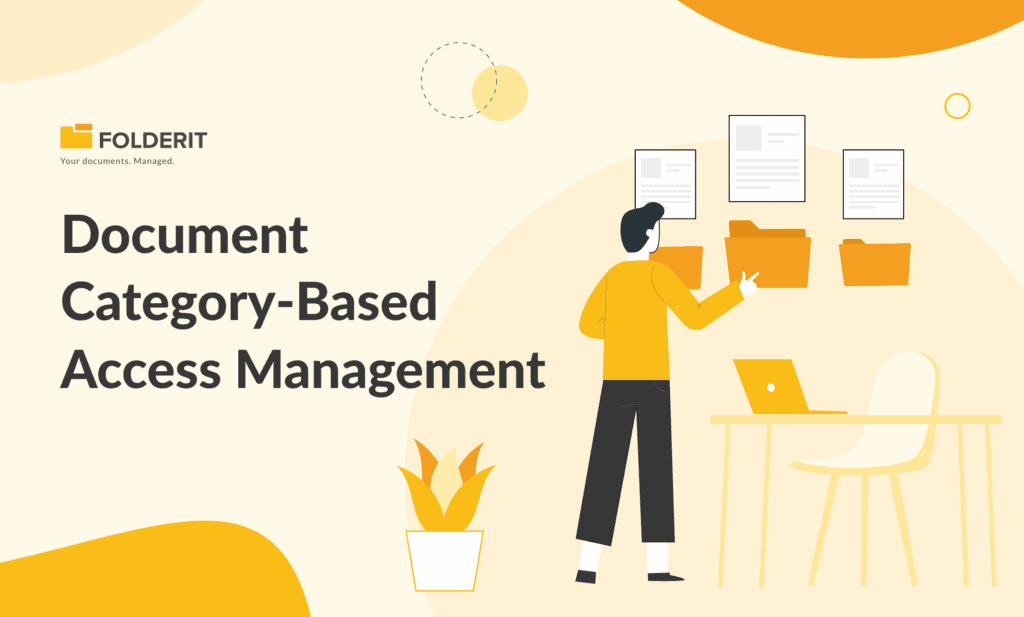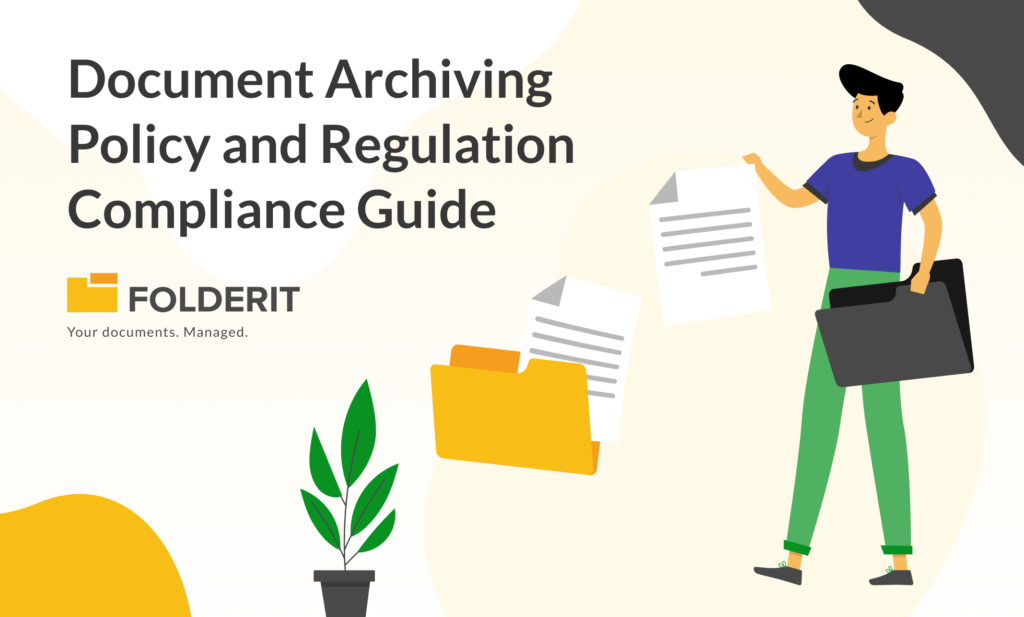Harnessing the power of innovation, Folderit introduces a transformative approach to document category-based access management. Gone are the days of sifting through endless files and folders. With Folderit, precision meets simplicity, setting a new standard in document management.
The Evolution of Tagging in Document Management
Historically, tagging has been a simple yet effective method to categorize documents. It allowed users to quickly identify and retrieve the necessary files. However, as the volume of digital data grew, traditional tagging systems began to show their limitations, often leading to clutter and inefficiency.
Enter Folderit’s advanced tagging system, designed to address these challenges and elevate document management to new heights.
Unveiling Folderit’s Advanced Tagging System
At its core, Folderit’s tagging system retains the simplicity of traditional tagging but introduces layers of sophistication. The primary tagging feature allows users to categorize their documents under broad headings, much like the chapters of a book.
But the real game-changer is the introduction of sub-tagging. Imagine being able to further categorize each chapter into specific sections, making data retrieval a breeze. For instance, under the primary tag “Finance,” one could have sub-tags like “Invoices,” “Receipts,” and “Loans.”
Example Applications of Folderit’s Tagging System
To truly grasp the utility of this system, let’s delve into some real-world scenarios:
Case 1: A Law Firm Categorizing Cases:
A law firm could use primary tags like “Criminal Law,” “Civil Law,” and “Corporate Law.” Within “Criminal Law,” sub-tags could further categorize cases as “Theft,” “Assault,” or “Fraud.” This granularity ensures that lawyers can quickly access relevant case files without sifting through unrelated documents.
Case 2: A Marketing Agency Organizing Campaigns:
An agency might have primary tags such as “Social Media,” “Print Ads,” and “Email Campaigns.” Under “Social Media,” sub-tags could include specific platforms like “Facebook,” “Instagram,” or “LinkedIn,” allowing for efficient campaign tracking.
Case 3: Educational Institutions Organizing Curriculum:
Schools and universities can use primary tags like “Mathematics,” “History,” and “Biology.” Within “Mathematics,” sub-tags can further categorize topics as “Algebra,” “Calculus,” or “Geometry.” This system ensures that educators can swiftly access relevant teaching materials and assignments, streamlining the educational process.
Case 4: Healthcare Facilities Managing Patient Records:
A hospital might employ primary tags such as “Medical History,” “Lab Results,” and “Prescriptions.” Under “Lab Results,” sub-tags could include specific tests like “Blood Test,” “MRI,” or “X-Ray,” ensuring efficient patient care by providing instant access to crucial medical data.
The Power of Tag-Based Sharing
Folderit’s tag-based sharing is not just about organization; it’s about collaboration. By allowing users to share entire categories of documents based on tags, it simplifies the sharing process. Instead of sharing individual files or folders, users can share an entire tag, ensuring collaborators have access to all relevant data. This approach is especially beneficial for teams working on projects that span multiple document types and categories.
Granular Control with Sub-tags
The beauty of sub-tags lies in the granular control they offer. While primary tags provide a broad overview, sub-tags allow for precise categorization. This granularity ensures that users can quickly locate the exact document they need, saving time and reducing frustration. Moreover, by combining sub-tags with Folderit’s custom permissions, users can strike the perfect balance between accessibility and security.
Integration with Custom Permissions for Enhanced Security
Tagging and sub-tagging seamlessly integrate with Folderit’s custom permissions. This synergy ensures that while documents are easily accessible, they remain secure. For instance, a user might have access to view files under the “Invoices” sub-tag but not have the permission to edit or delete them. This integration ensures data privacy and controlled access, a must in today’s digital age.
Benefits for Businesses and Individual Users
The advanced tagging system offers numerous benefits:
- Streamlined Operations: By categorizing documents efficiently, businesses can streamline their operations, leading to increased productivity.
- Enhanced Collaboration: Tag-based sharing ensures that teams have access to all the data they need, fostering collaboration.
- Security: The integration of tagging with custom permissions ensures that while collaboration is enhanced, security is never compromised.
A New Era in Document Management
Folderit’s innovative approach to document category-based access management, particularly its advanced tagging system, is a game-changer in the realm of digital document management. As the volume of digital data continues to grow, such innovations ensure that we can manage our documents efficiently, securely, and collaboratively. With Folderit leading the way, the future of document management looks organized, accessible, secure, and most of all, sustainable!



